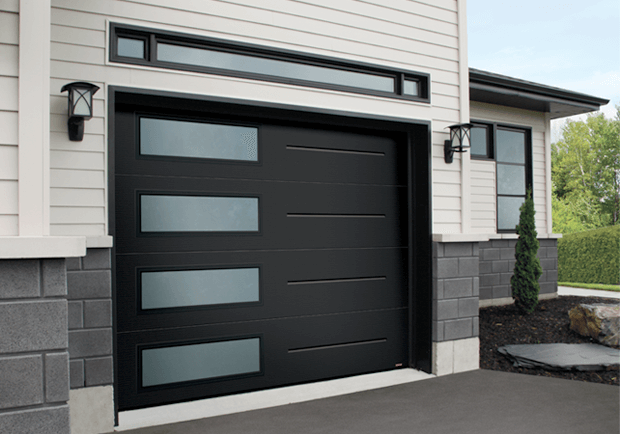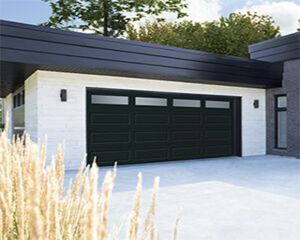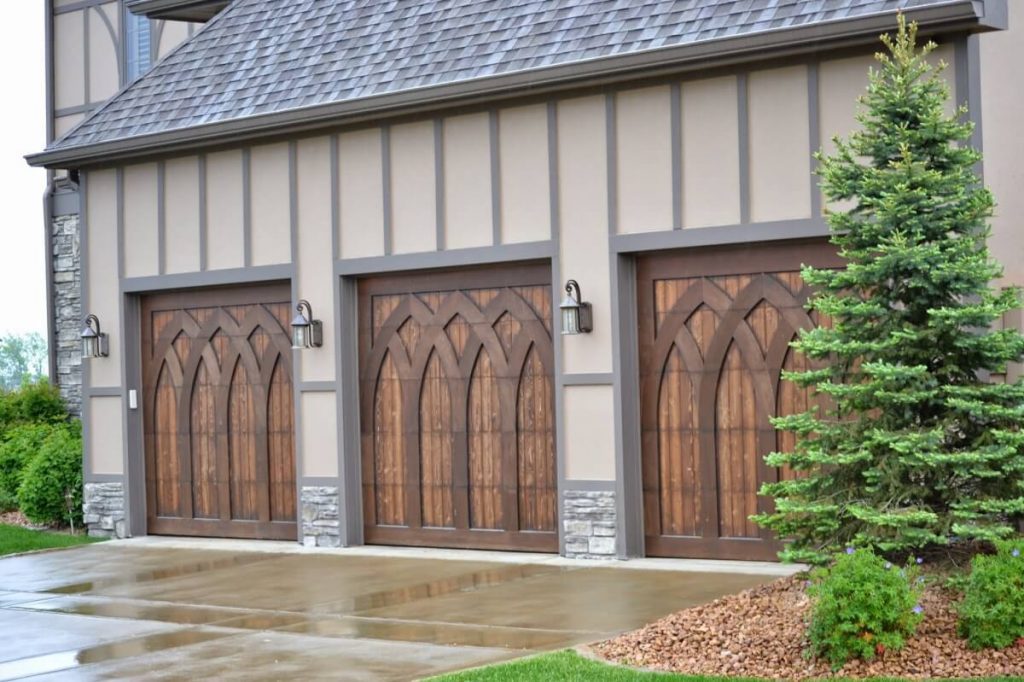Exploring the Components of a Garage Door: A Comprehensive Guide

Exploring the Components of a Garage Door: A Comprehensive Guide Exploring the Components of a Garage Door: A Comprehensive Guide Introduction to Garage Doors and Their Key Components A garage door is an essential component of any residential or commercial property that provides security, convenience, and aesthetic appeal. Understanding the various components and parts of […]
A Comprehensive Guide to Understanding Broken Garage Door Springs
Garage door springs are often overlooked until they become a visible or audible problem. However, proper maintenance and replacement are essential to their longevity. This guide provides information about preventative maintenance, repair, signs of wear and tear, typical life spans of door springs, and more. Types of Garage Door Springs Two types of garage door […]
Best Chamberlain Garage Door Openers for Your Home
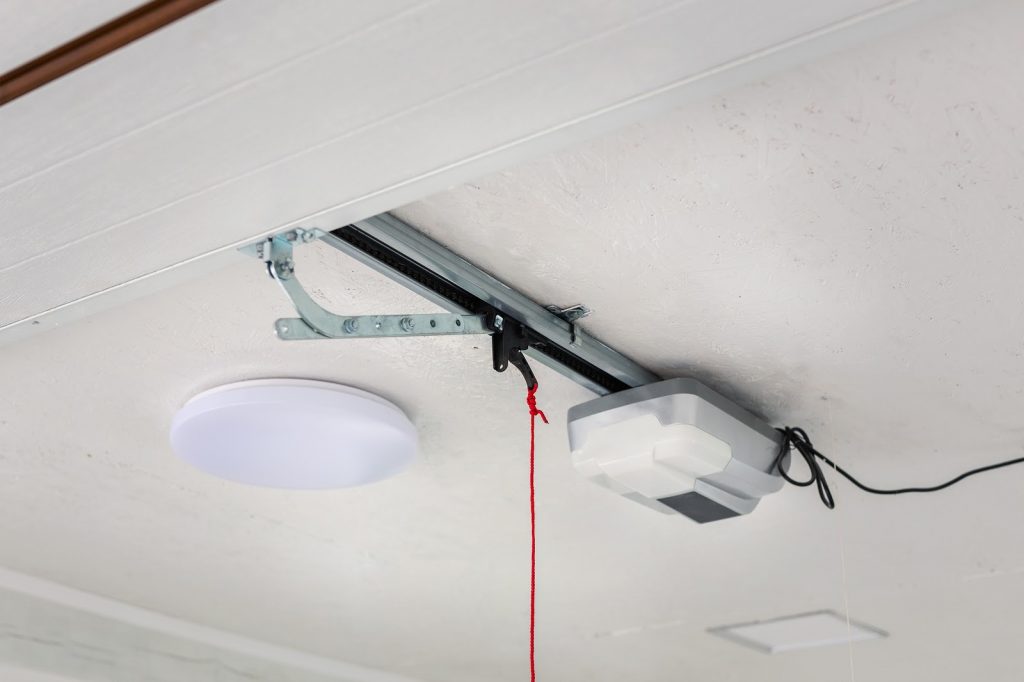
Automatic garage door openers make life much simpler. Let’s not kid ourselves, having to pull into your driveway and physically lift a heavy garage door is just a hassle. Not only is it tough on your back and time consuming, but if the weather isn’t being agreeable, you can find yourself stuck in a downpour […]
How to Find & Maintain Your Garage Door Springs
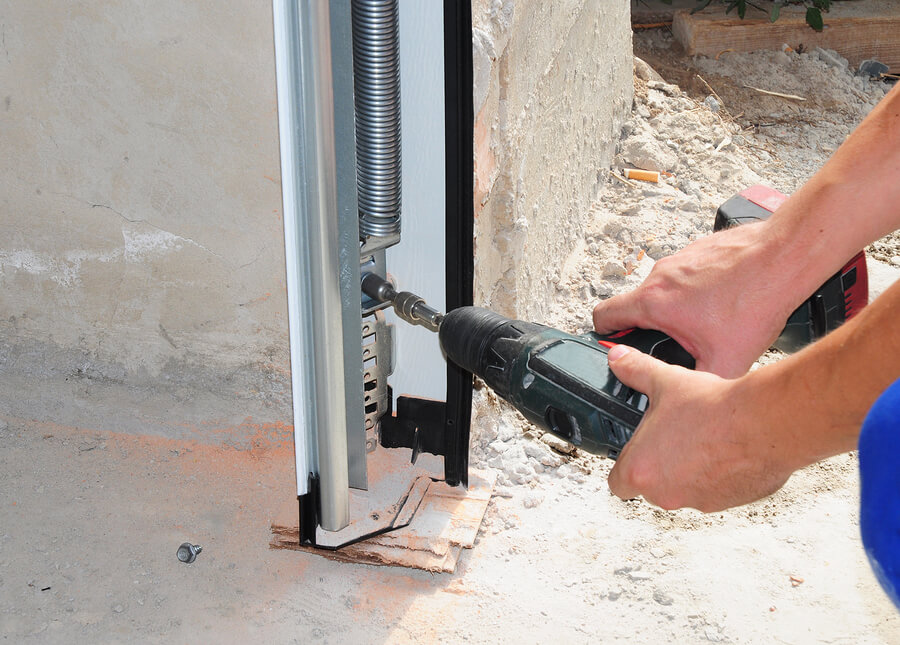
One could argue that you likely enter your home through the garage more frequently than the front door, effectively making the garage the main point of entry for your home. While manual garage doors are a thing of the past, homeowners now rely on garage door springs, garage door openers, motors and rollers to […]
How to Open My Garage Door in a Power Outage
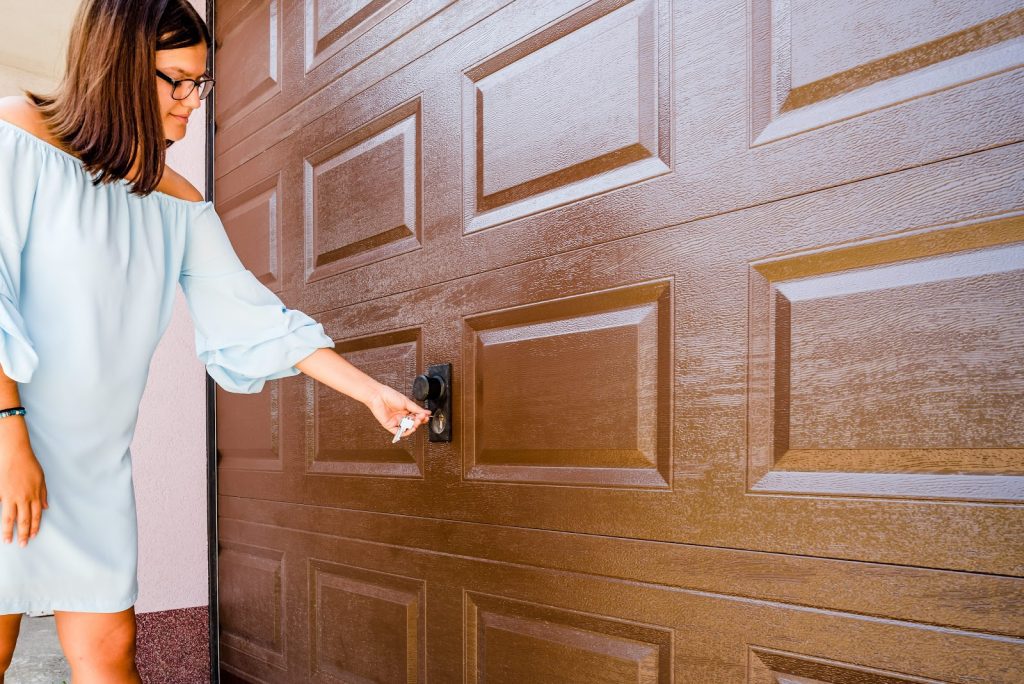
Most people take their garage doors for granted. The nature of their simple function makes them one of the most underappreciated and overlooked features in a home. Your garage door most likely runs off of electricity. And unless it’s happened to you before, you probably wouldn’t even dream of being trapped in your garage during […]
Fixing Broken Garage Door Springs
[youtube http://www.youtube.com/watch?v=xI3yfyb6tc0] Watch this video and learn all about broken garage door springs. You will not be able to have a full functioning garage door if you have a broken garage door spring. So if you need help repairing a garage door spring, contact us right away! Las Vegas: 702-637-2700 Or: Visit us at – […]


